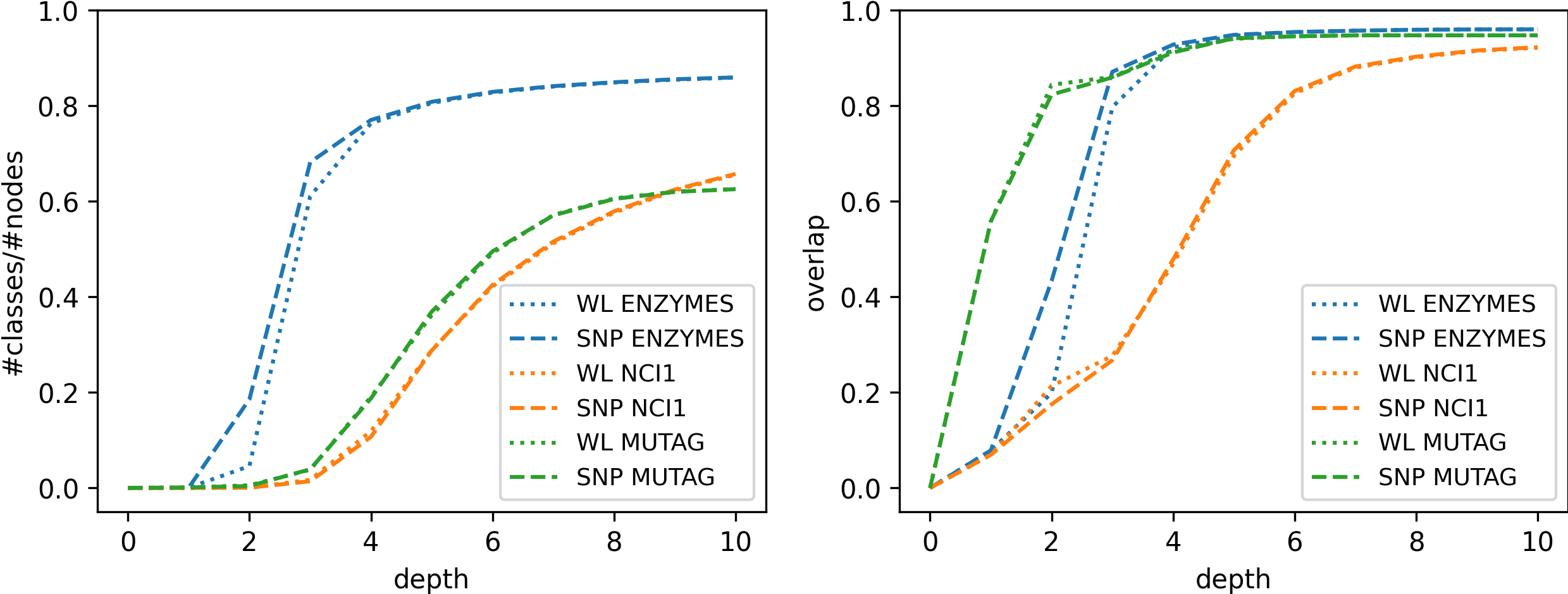This paper re-examines the concept of node equivalences like structural equivalence or automorphic equivalence, which have originally emerged in social network analysis to characterize the role an actor plays within a social system, but have since then been of independent interest for graph-based learning tasks. Traditionally, such exact node equivalences have been defined either in terms of the one hop neighborhood of a node, or in terms of the global graph structure. Here we formalize exact node roles with a scale-parameter, describing up to what distance the ego network of a node should be considered when assigning node roles - motivated by the idea that there can be local roles of a node that should not be determined by nodes arbitrarily far away in the network. We present numerical experiments that show how already "shallow" roles of depth 3 or 4 carry sufficient information to perform node classification tasks with high accuracy. These findings corroborate the success of recent graph-learning approaches that compute approximate node roles in terms of embeddings, by nonlinearly aggregating node features in an (un)supervised manner over relatively small neighborhood sizes. Indeed, based on our ideas we can construct a shallow classifier achieving on par results with recent graph neural network architectures.
翻译:本文重新审查了社会网络分析中最初出现的诸如结构等同或自动等同等等等点概念,这些概念最初出现在社会网络分析中,以描述一个行为者在社会体系中的作用,但从那时起一直独立地关注基于图形的学习任务。传统上,这种精确的节点等同是以节点的单点周围或全球图形结构来定义的。在这里,我们用一个比例参数正式确定精确的节点作用,描述在指定节点作用时应考虑的自我网络的距离----这种作用的动机是,节点的局部作用不应由网络中任意遥远的节点来决定。我们提出数字实验,表明深度3或4的“show”作用如何已经“shallow”作用足以以高精度执行节点分类任务。这些结果证实了最近图表学习方法的成功,这些方法在嵌入方面大致地计算了节点作用,通过非线性地将节点特征集中在一个(非线性地)以稳固方式超过相对小的邻径大小。事实上,我们可以根据我们最近的图像构建一个浅层的网络。






